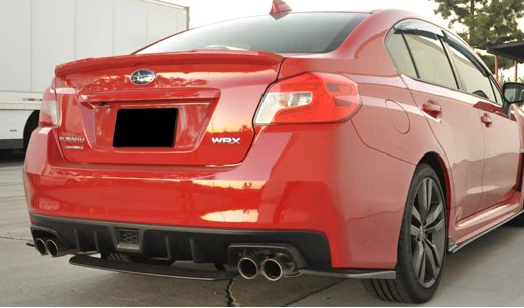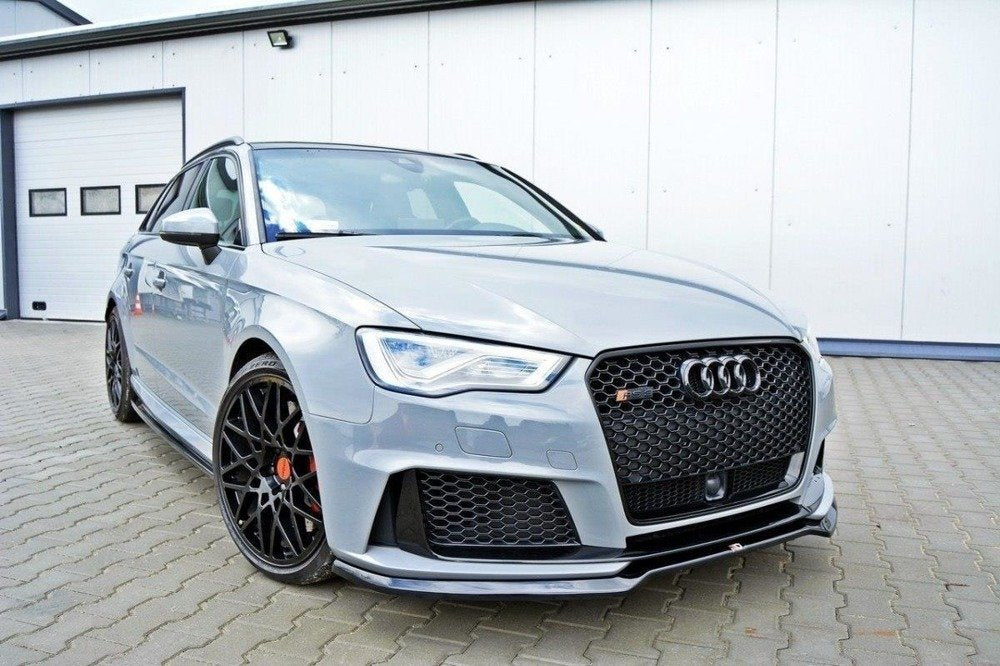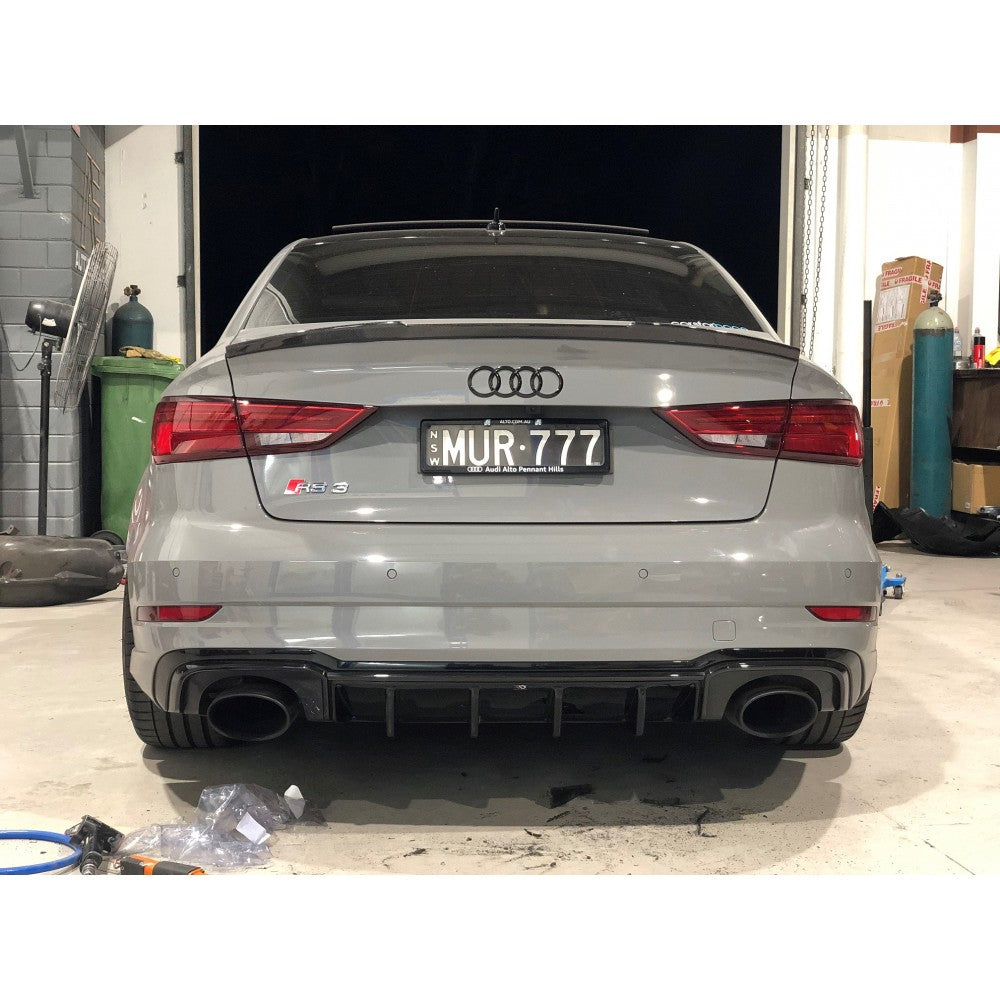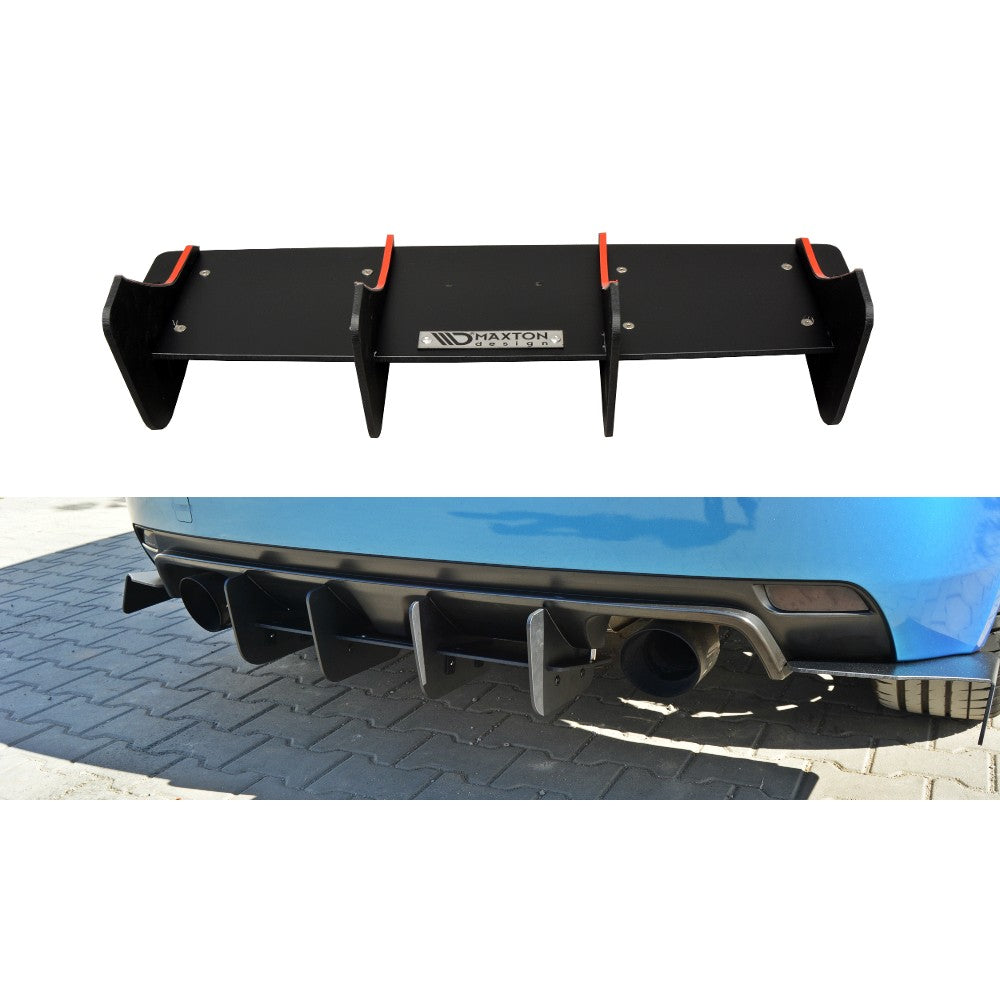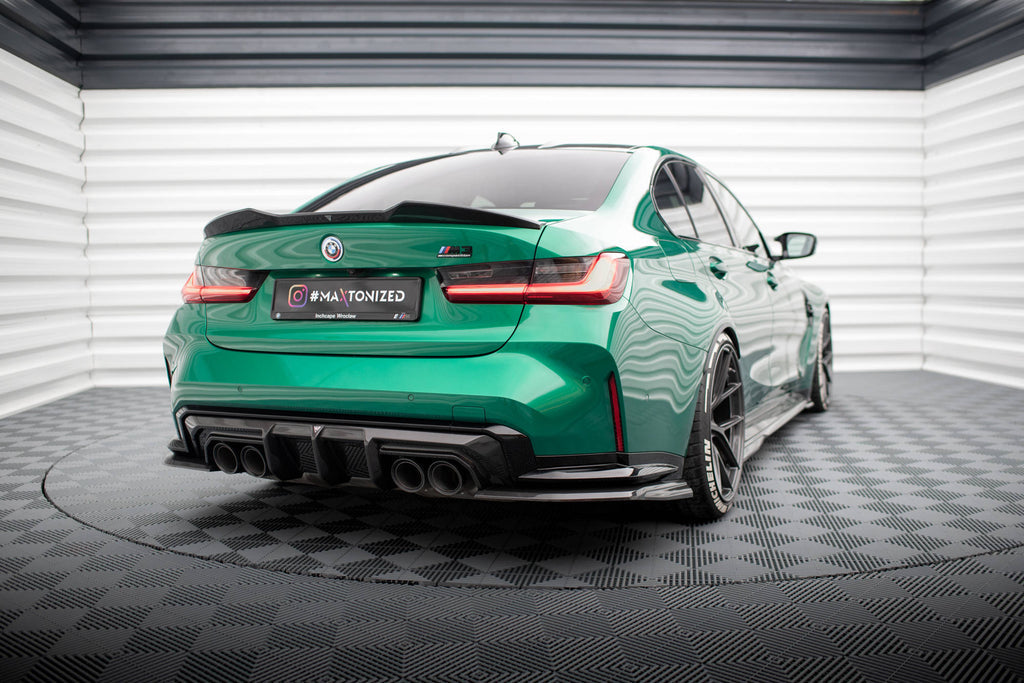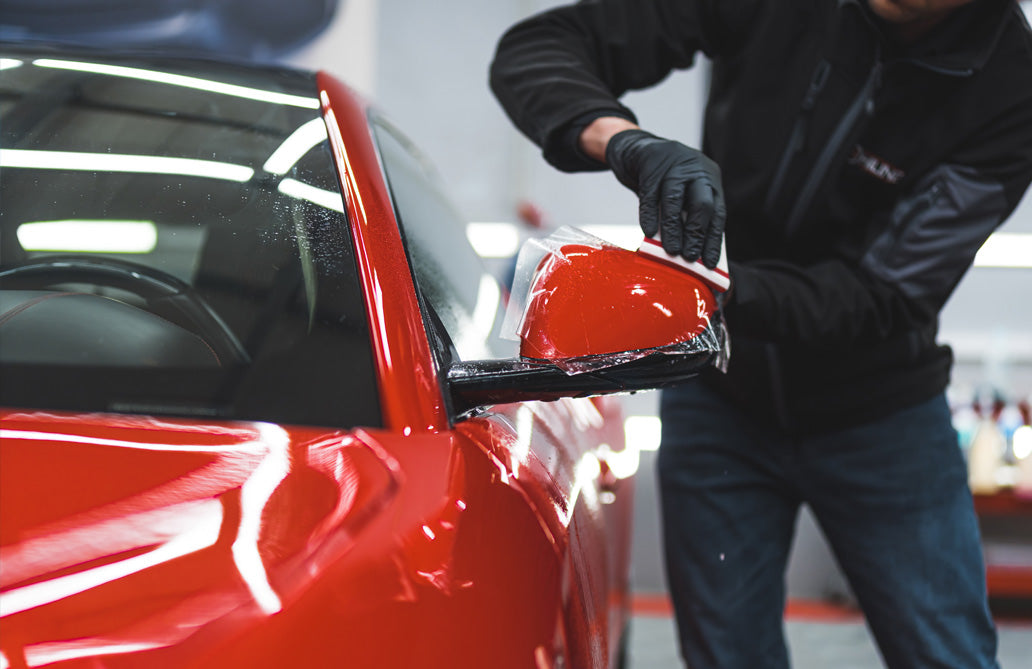Ever wondered how high-performance vehicles achieve that extra edge in stability at top speeds? A pivotal player in this equation is the diffuser in cars.
Positioned strategically beneath the car, diffusers manage the airflow to minimise drag and bolster downforce, directly translating to better road grip and stability.
In this article, we uncover the role of diffusers in cars, break down how they work, and their impact on vehicle performance.
Key Takeaways
- Car diffusers improve vehicle performance by managing airflow to reduce drag and increase downforce, resulting in better grip, stability, and potentially improved fuel economy.
- Rear diffusers operate using principles of aerodynamics such as the Venturi effect and Bernoulli’s principle to accelerate and manage airflow, creating low pressure under the car which contributes to downforce and reduces drag.
- Designing an efficient rear diffuser requires considering elements like rake angle and integration with exhaust flow, as well as the interplay of other aerodynamic features like flat underbody panels and front splitters to optimise the transition of air from front to rear.
Understanding Car Diffusers
A car diffuser is an unsung hero of automotive engineering. It subtly manipulates the turbulent air flow under your vehicle to improve airflow, reduce drag, and boost car stability. This seemingly simple device plays an instrumental role in how your car interacts with the air as it speeds along the highway, refining your driving experience.
Car diffusers are all about performance enhancement. By expertly managing the high-speed airflow under the car, they create a lower drag environment, providing your car with the ‘downforce’ it needs for better grip and stability.
Types of Car Diffusers
Car diffusers come in a variety of types, each with a specific role in aerodynamics. Among the most common types are rear diffusers, front splitters, and flat underbody panels.
Rear diffusers, located at the back of the car, optimise airflow to reduce pressure and enhance downforce on the rear wheels. Front splitters, on the other hand, increase downforce on the front wheels by creating a high-pressure zone above and a low-pressure high-speed airflow beneath. Flat underbody panels smooth the airflow underneath the car, contributing to the vehicle’s overall aerodynamics.
Benefits of Car Diffusers
The benefits of car diffusers extend beyond aesthetics. They provide a tangible improvement in vehicle performance. Rear diffusers, in particular, increase the downforce that ensures better contact between tires and the road surface, enhancing grip and cornering capability. They play a crucial role in vehicle stability by managing high-speed airflow beneath the car, particularly beneficial at high speeds.
Beyond improving grip and stability, a well-designed rear diffuser reduces aerodynamic drag, which can boost top speeds and fuel economy.
Want to learn more about body kits in general? Check this out.

The Science Behind Rear Diffusers
So, how exactly do rear diffusers work? It’s a fascinating interplay of airflow management and physics.
A rear diffuser is a specially shaped section of a car’s rear designed to:
- Manage the transition from high-velocity airflow beneath the car to slower ambient air
- Decelerate and expand underbody airflow to reduce excessive flow separation
- Reduce drag and increase downforce, crucial for vehicle stability and efficiency.
Venturi Effect and Expansion Chamber
The principles of the Venturi effect and the expansion chamber are fundamental to the operation of rear diffusers. The Venturi effect in car diffusers is created by the diffuser narrowing at the entry and widening at the exit. This accelerates the airflow and results in a decrease in pressure. This acceleration of air under the car results in a low-pressure, high-velocity state crucial for the diffuser’s operation.
Meanwhile, as the velocity increases, the expansion chamber allows the high-velocity air to decelerate and expand, reducing drag and increasing the efficiency of the underbody as a downforce-producing device, resulting in more downforce.
Low Pressure vs High Pressure
The play between low and high pressure is another critical aspect of how rear diffusers work. They utilise Bernoulli’s principle, which states that an increase in the speed of a fluid occurs simultaneously with a decrease in pressure.
By creating a contrast between low pressure underneath the car and high pressure on the sides and above, the rear diffuser enhances the downforce that the vehicle experiences. As the pressure decreases, the flow speed underneath the vehicle increases, further aiding downforce.
Diffusers, therefore, are instrumental in manipulating the pressure differences around the car, reducing drag and increasing downforce for improved vehicle performance.
Designing an Efficient Rear Diffuser
Designing an efficient rear diffuser is a blend of science and art, a challenge of integrating various factors to optimise performance. An effective rear diffuser design should cater to the specific aerodynamics of the vehicle, factoring in weight distribution, ride height, and the car’s overall design. By creating a low-pressure area, it reduces lift and improves stability at higher speeds.
Moreover, incorporating the following elements can guide the air more effectively and prevent rapid deterioration of the low-pressure air, which would lead to increased drag:
- Strakes
- Winglets
- Vortex generators
- Active aerodynamic elements
Optimal Rake Angle
Just as the angle of a golf club influences the trajectory of a golf ball, the rake angle of a rear diffuser plays a crucial role in its efficiency. Selecting the correct rake angle for rear diffusers ensures proper acceleration of airflow under the car, which is vital for optimised downforce.
A properly chosen rake angle, complemented with aerodynamic elements like a rear wing or gurney flap near the diffuser mouth, can generate a low-pressure area that bolsters the diffuser’s function and increases downforce, with air flowing efficiently through the system.
Integration with Exhaust Flow
In the realm of rear diffuser design, exhaust flow plays a key role. Integrating the high-velocity exhaust gases into the rear diffuser design can significantly energise airflow and reduce overall drag. Optimal placement of exhaust outlets is vital; designing them to exit just above the diffuser or even in the roof of the diffuser can maximise the interaction with diffused air.
Proper exhaust placement avoids disrupting airflow, ensuring that exhaust pipes do not extend within the diffuser itself, which could otherwise reduce its effectiveness.

Car Underbody Aerodynamics
The underbody of a car may be out of sight, but it plays a vital role in vehicle performance. Flat bottom underbody panels are crucial in automotive aerodynamics to smooth airflow underneath the car, reducing turbulence and drag created by exposed components. By exploiting pressure variations between upper and lower surfaces, the design of a vehicle’s underbody using smooth panels and airflow management systems can enhance downforce and drag reduction.
Reducing Turbulence
Reducing turbulence is a central goal in car underbody aerodynamics. Car diffusers help achieve this goal by:
- Guiding the high-speed airflow from beneath the vehicle
- Transitioning the airflow smoothly into the slower-moving ambient air
- Effectively reducing turbulence
- Enhancing vehicle stability.
The integration of underbody panels with diffusers creates a more streamlined flow of air underneath the car, reducing the likelihood of turbulent air disrupting the vehicle’s performance at the rear.
Transition from Front to Rear
The transition of air from the front to the rear of the vehicle is another critical consideration in car underbody aerodynamics. A well-designed front splitter can help redirect air flow away from the underbody, reducing air pressure beneath the front of the car and leading to a smoother transition of air towards the rear diffuser.
For optimal aerodynamic performance, the transition from the underbody to the rear diffuser must be as seamless as possible, ensuring that air exits the diffuser smoothly and contributes to the vehicle’s downforce.
Aesthetic and Functional Enhancements
Beyond their functional benefits, car diffusers also offer aesthetic and personalisation options. Car diffusers not only improve performance but also enhances how good the car looks, imparting an aggressive and sporty appearance. With a selection of diffuser styles ranging from understated to striking, owners have ample scope for expressing personal taste and complementing the car model.

Choosing the Right Diffuser for Your Car
With a multitude of options available, how do you choose the right diffuser for your car?
Engaging with automotive communities and forums is crucial for gaining information when selecting the right diffuser for your car – as well as choosing to shop with body kit specialists who can provide you with guidance and advice – like us here at AusBody Works. We offer a huge range of diffuser body kits for various car models.
Check out our full range of car diffuser kits that are available to be shipped Australia-wide.

